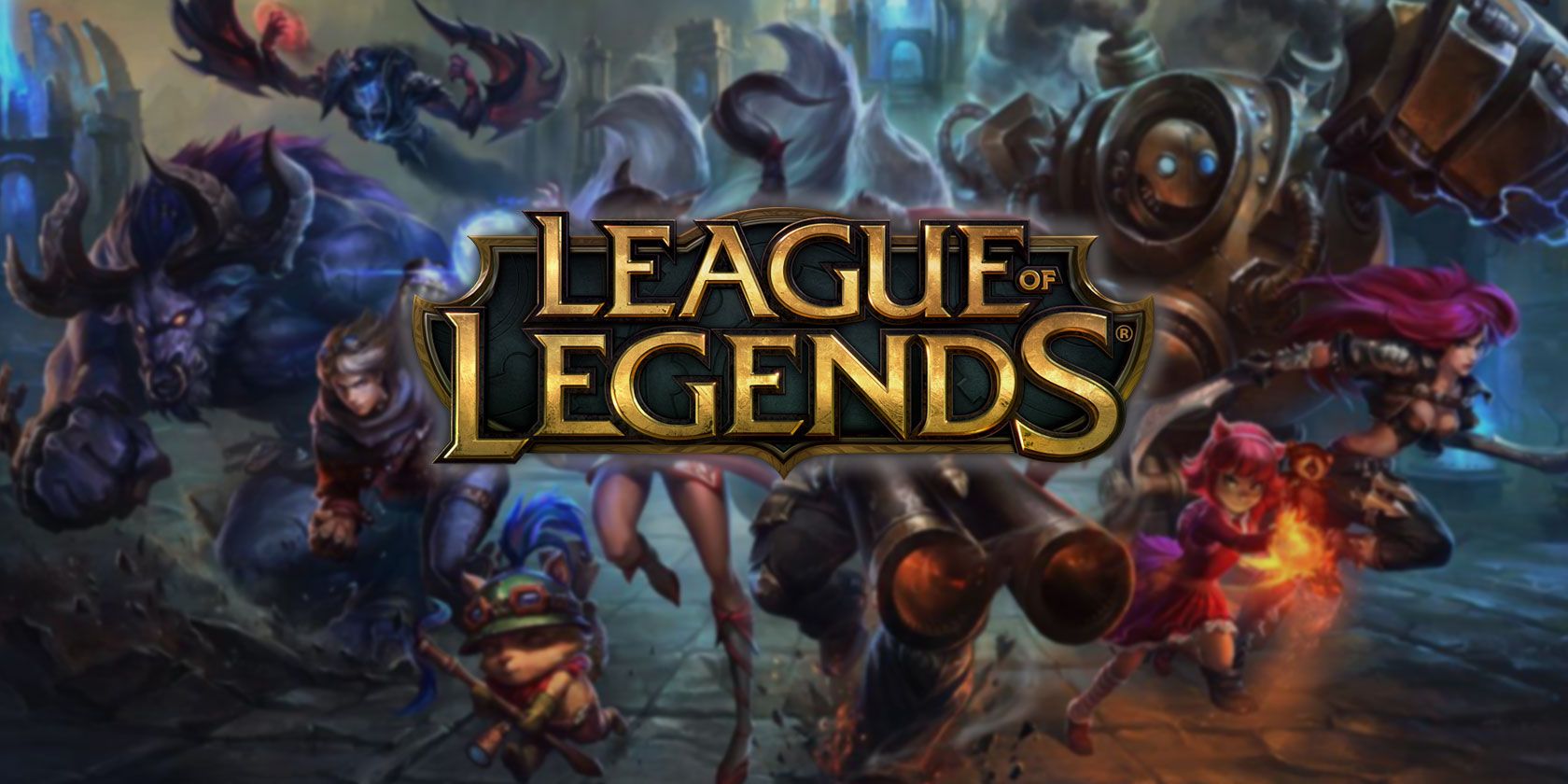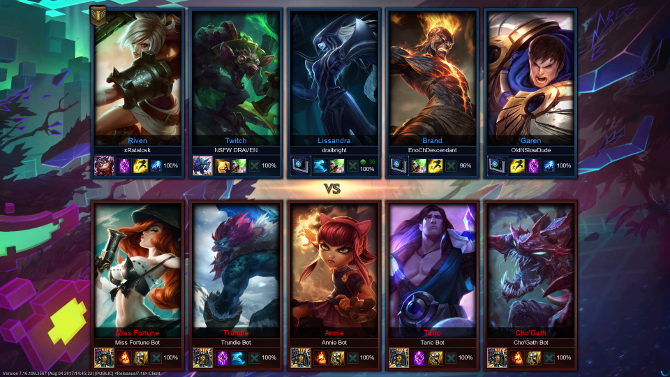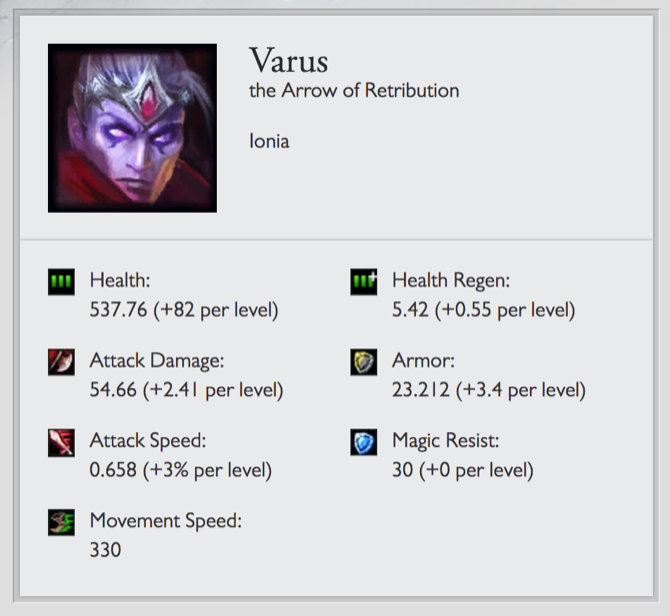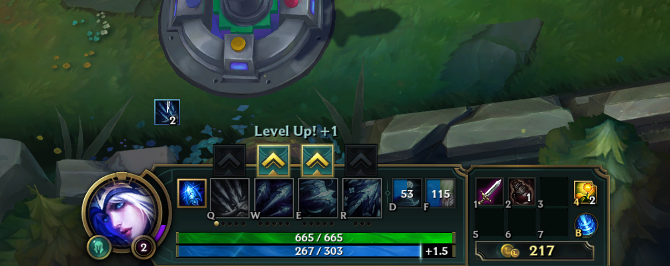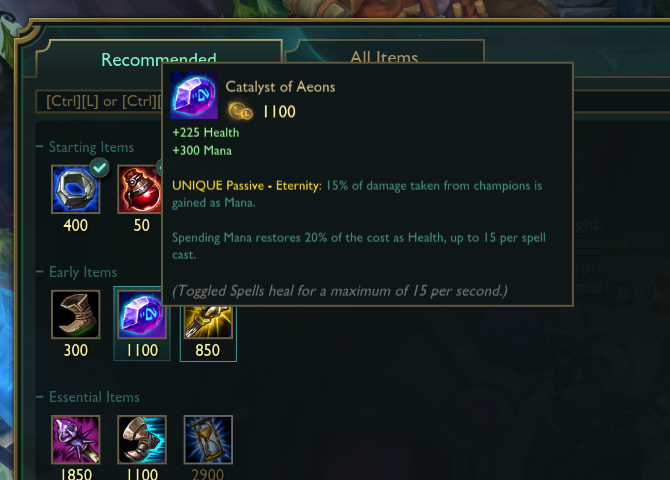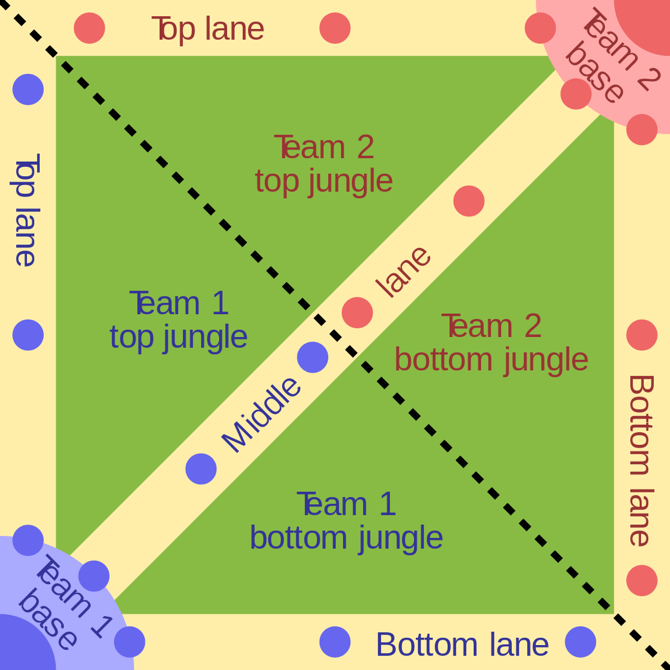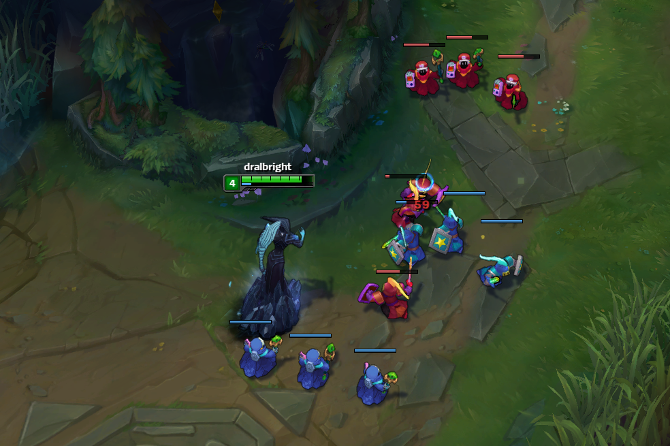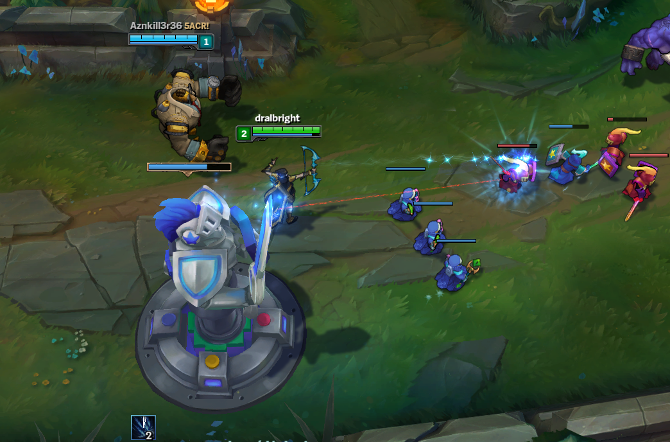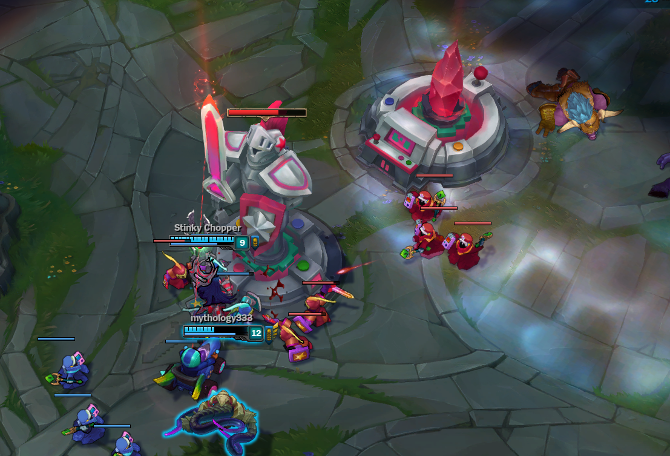For over a decade, League of Legends has been one of the world's best multiplayer PvP games for PC. If you play any video games at all, you've almost certainly heard of it. But what is League of Legends?
If you're not familiar with multiplayer online battle arena (MOBA) games, it's a little difficult to explain -- so we'll walk you through the basics.
Real-Time Strategy Action
Unlike the many popular first-person shooter (FPS) online multiplayer games, MOBAs have some real-time strategy (RTS) elements to them. Tactical shooters require planning and skillful play, but MOBAs have more similarities to RTS games.
In fact, you'll hear some MOBAs (particularly Dota 2) called "action RTS" games, or ARTS.
But what does all of that mean?
In short, a MOBA is a multiplayer game that pits small teams, usually around five players, against each other in a battle that requires more strategy than accuracy or trigger finger speed.
Here are some of the common characteristics:
- Both teams attempt to destroy each other's main base.
- Bases are defended by turrets.
- Each player controls a champion that has a unique set of powers.
- Champions begin the game with paltry powers and buffs.
- Killing small AI-controlled enemies generates experience and gold.
- Accruing experience and gold allows players to level up their characters.
- As the game progresses, heroes get more powerful and begin to fight each other.
- Timing, cooperation, and an understanding of the mechanics and conventions of the game are required for success.
Let's break that down and look at some of the specifics for League.
A Huge Variety of Champions
League of Legends has six different categories of champions:
- Assassins are able to move quickly and dish out lots of damage to single targets. They're best for jumping in, killing high-value targets, and jumping out.
- Fighters dish out and take decent amounts of damage, and are well-suited for extended combat. They jump into battle and use their balanced stats to lay down damage.
- Mages excel in ranged combat, and often have area-of-effect (AoE) attacks that damage multiple enemies. They need to keep enemies at bay to survive.
- Marksmen deal damage from a distance. If they're well protected, they can dish out a lot of pain to single enemies, but they are usually vulnerable to attack.
- Support characters don't do much on their own, but they can amplify the abilities of their teammates. Some are able to do solid amounts of damage to help other champions control the battlefield.
- Tanks can soak up massive amounts of damage as well as put the hurt on groups of enemies. They generally don't go for lots of kills, but help control the battlefield so other champions can fight with an advantage.
At the time of this writing, there are 134 champions, each with their own unique stats and abilities.
Here's an example of the stats of one champion, a marksman:
Every champion has a unique combination of four abilities and a perk. Combined with the variation in stats, that makes for a lot of information that you'll want to become comfortable with.
High-level players understand not only how their champion plays, but how to play well against each other champion. That requires a great deal of experience.
Putting together an effective team requires having an understanding of how each type of character works with the others.
Earning Experience and Gold
If you're going to put up a fight against the opposing team, you're going to need to level up your character. And that requires experience. You're also going to need a lot of items. And that requires gold.
Getting these two resources is simple... yet it's anything but easy.
Experience comes from kills. Killing a champion gives you a lot of experience. Killing minions gives you a little experience. Getting rid of minions will take up a lot of your time early in the game while you try to earn as much experience and gold as possible.
That experience lets you level up your character and open up new abilities. In League, each character has four abilities, and they get more powerful as you level up. You also get stronger and gain more hit points.
Gold allows you to buy items, each of which gives your character some sort of bonus. Some are passive -- giving you more armor, for example. Others give you new abilities, like granting your allies a temporary shield. There are over 200 items in League of Legends, and creating the right "build" by purchasing the right items is crucial for success.
The game will give you recommendations on what to buy next, and that's great for beginner and intermediate players. But there are thousands of recommended builds out there, and choosing the right one for your play style and character will help you succeed.
It's important to note that while experience is shared between champions that are nearby during a kill, gold is only given to the player who delivered the killing blow. Which is why "last-hitting" is one of the most important skills you can develop for League of Legends.
The Map
MOBA maps generally follow a three-lane configuration. The Summoner's Rift map in League of Legends, which follows this configuration, is the oldest and most typical map:
It's your job to help your team move through the three lanes to the opposing team's base and destroy it. In your way are turrets, indicated by the blue and red dots in the map above. In general, specific types of heroes will go to specific lanes.
- One tank or fighter goes to the top lane.
- One mage or assassin goes to the middle lane.
- A marksman and a support character go to the bottom lane.
- An assassin, tank, or fighter roams the jungles.
Of course, you can come up against different combinations, and you may prefer to play a different way. But this is a common way for teams to operate. (If you want to know exactly why this is a popular meta, I recommend reading Why Am I Here: A Guide to Roles and Lanes, an extremely detailed explanation of lane conventions.)
Lanes are super important in League -- if you aren't controlling your lane, you aren't pulling your weight for your team. Establishing lane control requires that you kill a lot of minions (small AI-controlled enemies), level up your hero, defend your turrets from enemy heroes, and attack enemy turrets.
Eventually, if you've cleared all of the turrets from your lane, you'll have a straight shot toward the enemy's base.
Understanding Minions and Turrets
Minions (also known as "creeps"), as I mentioned, are small, AI-controlled units that spawn every 30 seconds in both teams' bases. Despite their small size and limited damage-causing capability, they're a central part of effective strategy. Early in the game, you'll probably spend more time killing minions than you do fighting enemy champions.
Why fight minions? They're crucial to your strategy. First, you get experience for killing them (and if you're nearby when your minions kill an opponents' minions). If you get the last hit in on a minion before it dies, you'll get gold, which lets you buy items.
Minions also draw the fire of turrets, which is extremely important. Turrets can do a huge amount of damage, and if there are no minions around -- or if you're attacking an enemy champion -- they'll be looking at you. When you attack a turret, you'll want as many minions as possible attacking with you. And when those minions die, you'll need to run for your life.
But you won't stick solely to attacking minions in the early game. You'll also want to do some damage to enemy heroes to keep them backed up, so you can continue getting last hits and to stop them from pushing too far toward your turrets. Getting the balance of minion and champion combat in the early and mid game is something you'll learn through playing.
If you manage to destroy one of the enemy's inhibitors (crystal-looking items at the end of each lane), you'll get super minions in that lane for five minutes. This can help a lot in putting pressure on your opponents.
The Jungle
You probably noticed that there's a lot of room between the lanes. This is called the jungle, and heroes that hang out in here are called junglers. The jungle is filled with monster camps that generate monsters every few minutes -- and it's a jungler's job to kill those monsters to get experience and gold.
Certain jungle monsters also provide buffs to the killing champion or to their entire team. Applying these buffs at the right time can be a game-changer, and it's part of the jungler's role to know when to generate those buffs. It's also important to keep the opposing team from getting these buffs.
The jungler can also be involved in ganking (launching a surprise attack). The jungler may move into a lane to assist another champion in a fight against an opponent, creating a numbers advantage. Understanding when to gank is another important part of jungling.
Putting It All Together
If that sounds like a lot of information and things to think about, it is. League of Legends isn't known for its shallow learning curve. It can be an unforgiving game, and the players can be unforgiving as well (this is definitely one of those games where you might be tempted to disable the chat).
But League can be very rewarding, as well. Properly strategizing, becoming familiar with your favorite characters, pulling off awesome plays, and eking out victories at the last second are all a blast. The game has a huge amount of depth with builds, strategies, and matchups.
And for many people, that's worth spending the time to learn how to play the game. Once you get involved, you might even build an interest in esports.
Do you have any tips for beginning League players? Have you tried out the game? What did you think? Share your thoughts in the comments below!

